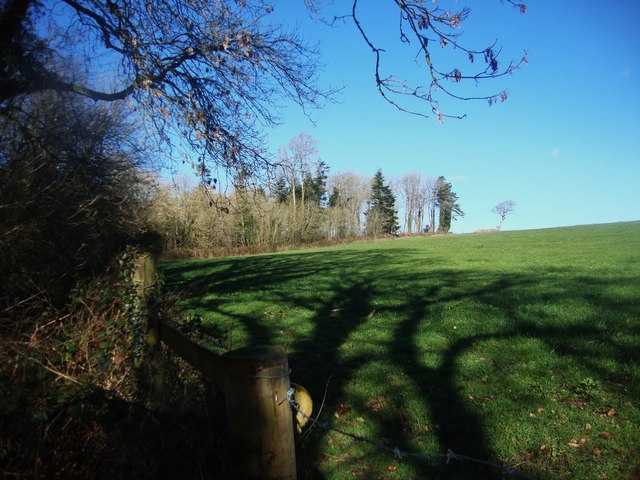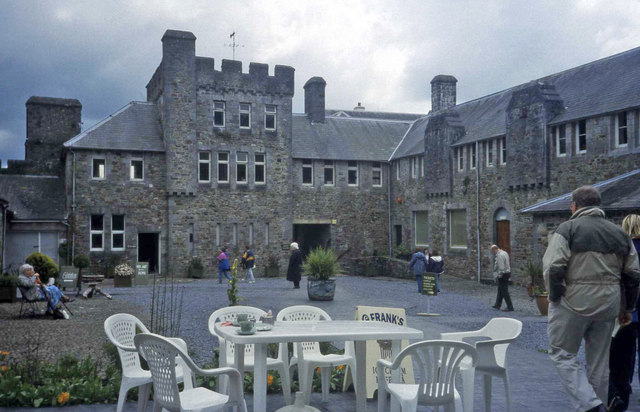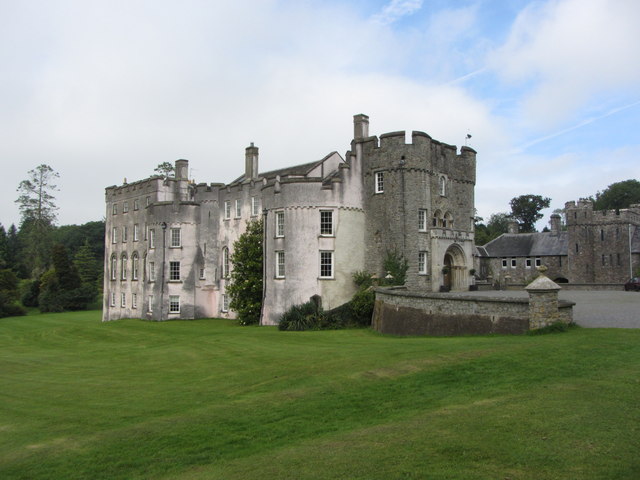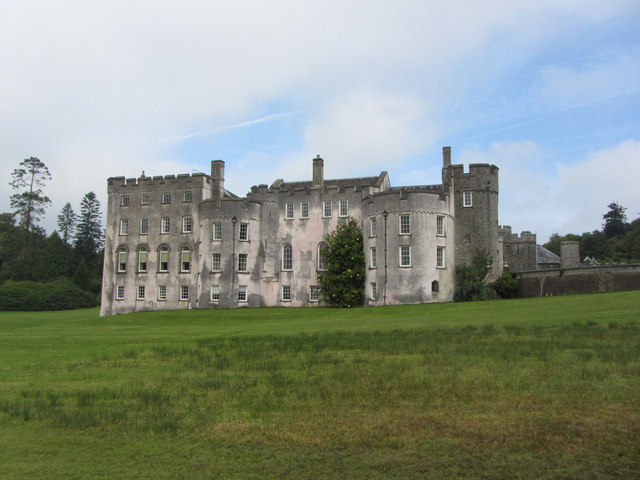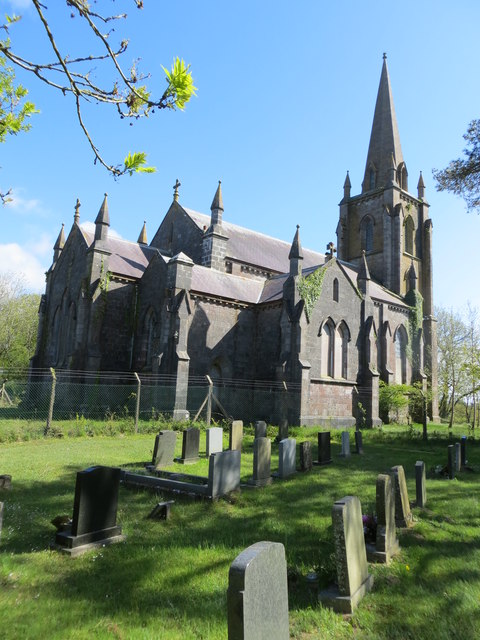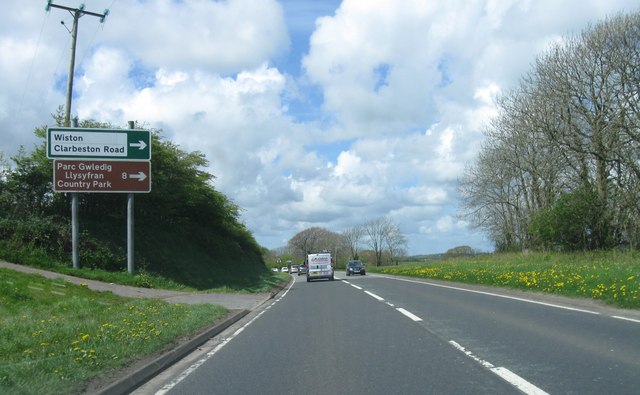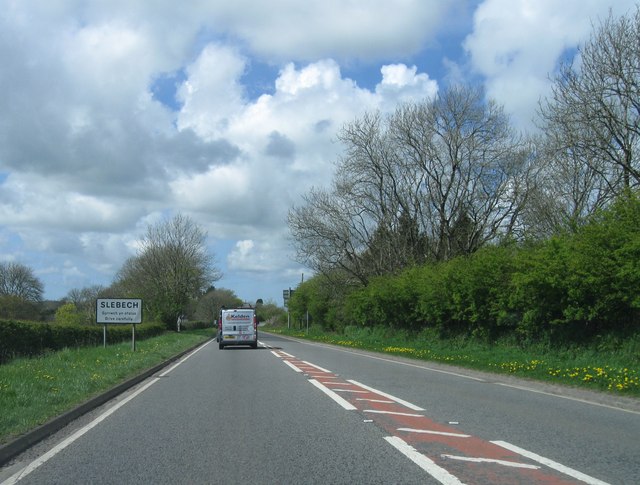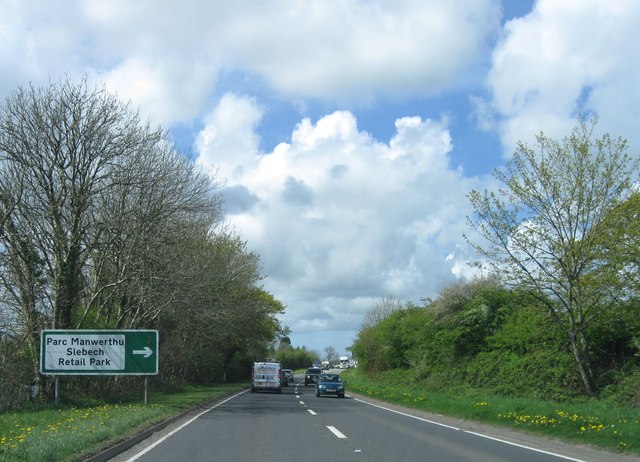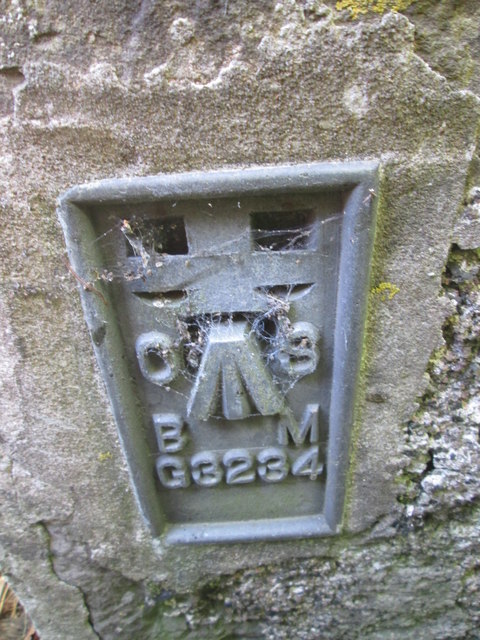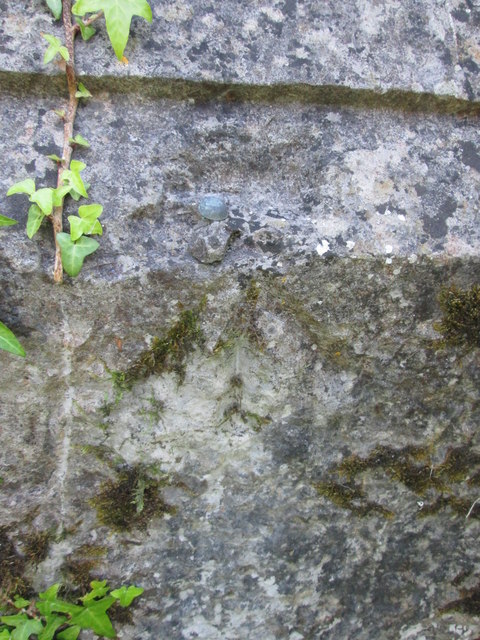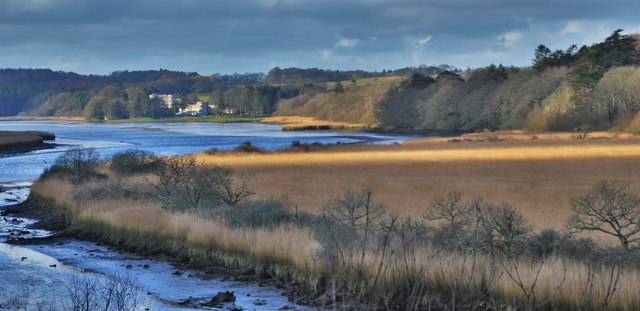Fir Hill Wood
Wood, Forest in Pembrokeshire
Wales
Fir Hill Wood
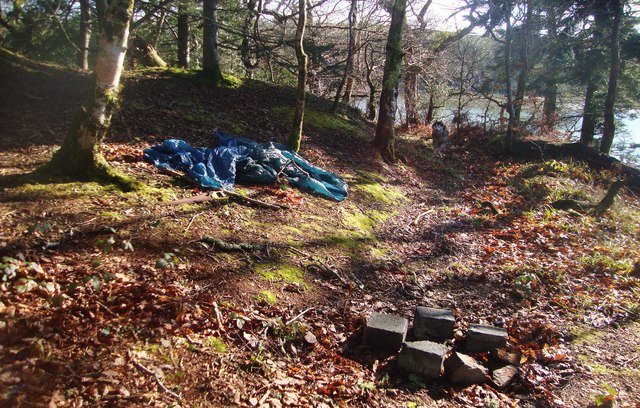
Fir Hill Wood is a picturesque forest located in the county of Pembrokeshire, Wales. Spanning over several acres, this woodland area is known for its breathtaking natural beauty and diverse flora and fauna.
The forest is predominantly composed of fir trees, which provide a lush green canopy throughout the year. The tall, straight trunks of these evergreen trees create a magical atmosphere, particularly during the winter months when they are dusted with a layer of snow. The forest floor is carpeted with a rich assortment of wildflowers, ferns, and mosses, adding to the enchanting ambiance.
Fir Hill Wood is a haven for wildlife enthusiasts, as it is home to a variety of animal species. Visitors can spot an array of birds, including woodpeckers, owls, and songbirds, flitting among the branches. Squirrels and rabbits can be seen darting around the forest floor, while deer occasionally make an appearance, adding to the sense of tranquility and natural harmony.
Trails wind through Fir Hill Wood, providing ample opportunities for hiking and exploring. These paths lead visitors through the heart of the forest, allowing them to immerse themselves in the sights, sounds, and scents of nature. Along the way, there are designated picnic areas and benches, offering a chance to rest and take in the stunning surroundings.
Fir Hill Wood is a true gem of Pembrokeshire, offering a serene escape from the hustle and bustle of everyday life. Whether it's a leisurely stroll, a picnic with loved ones, or birdwatching, this woodland is a must-visit destination for nature enthusiasts and those seeking tranquility amid the beauty of the natural world.
If you have any feedback on the listing, please let us know in the comments section below.
Fir Hill Wood Images
Images are sourced within 2km of 51.796185/-4.8646441 or Grid Reference SN0214. Thanks to Geograph Open Source API. All images are credited.
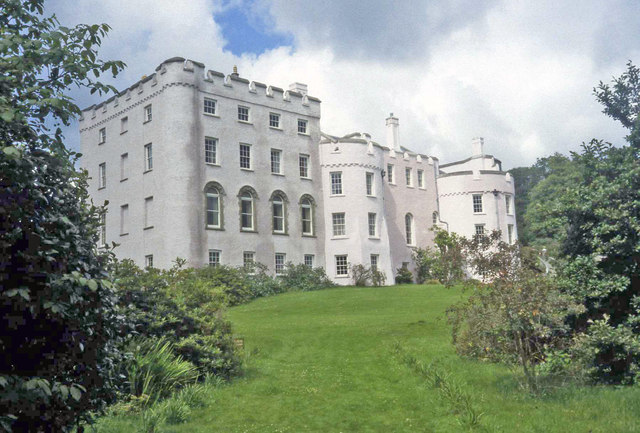
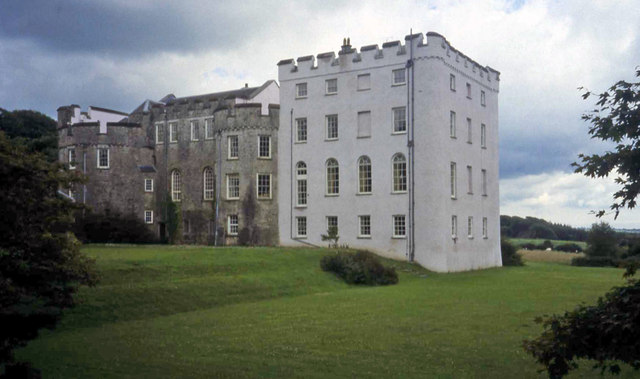
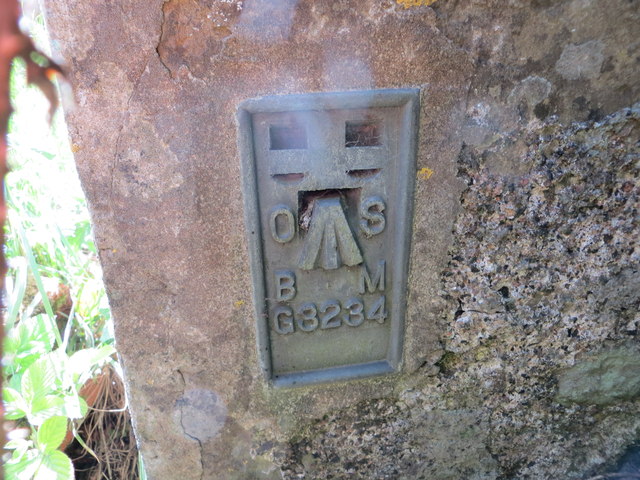
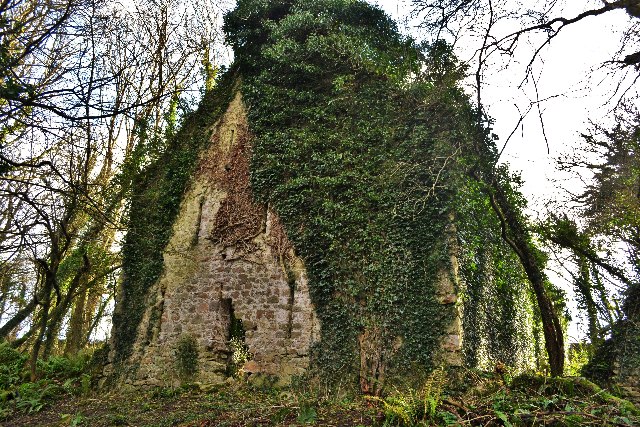
Fir Hill Wood is located at Grid Ref: SN0214 (Lat: 51.796185, Lng: -4.8646441)
Unitary Authority: Pembrokeshire
Police Authority: Dyfed Powys
What 3 Words
///masterpiece.respects.garden. Near Wiston, Pembrokeshire
Nearby Locations
Related Wikis
Uzmaston, Boulston and Slebech
Uzmaston, Boulston and Slebech is a community in Pembrokeshire, Wales, which includes the villages of Uzmaston, Boulston and Slebech, and the Haverfordwest...
Slebech
Slebech was a community (prior to 1974, a civil parish) in Pembrokeshire, Wales, which is now part of the combined community of Uzmaston and Boulston and...
Minwear Wood
Minwear Wood is a Site of Special Scientific Interest (or SSSI) in Pembrokeshire, South Wales. It has been designated as a Site of Special Scientific Interest...
Picton Castle
Picton Castle (Welsh: Castell Pictwn) is a medieval castle near Haverfordwest in the community of Uzmaston, Boulston and Slebech, Pembrokeshire, Wales...
Minwear
Minwear is a former parish and village in the community of Martletwy, in the county of Pembrokeshire, Wales, on the Eastern Cleddau river, 4+1⁄2 miles...
Martletwy (electoral ward)
Martletwy is the name of an electoral ward in Pembrokeshire, Wales. It is bordered to the west by the River Cleddau and includes three communities within...
Big House, Landshipping
The Big House, also known as Landshipping House, is a historic house on the banks of the River Cleddau in Landshipping, Pembrokeshire, Wales. The house...
Wiston, Pembrokeshire
Wiston (Welsh: Cas-Wis) is a village, parish and community in Pembrokeshire, Wales, in the United Kingdom. It was once a marcher borough. George Owen,...
Nearby Amenities
Located within 500m of 51.796185,-4.8646441Have you been to Fir Hill Wood?
Leave your review of Fir Hill Wood below (or comments, questions and feedback).
